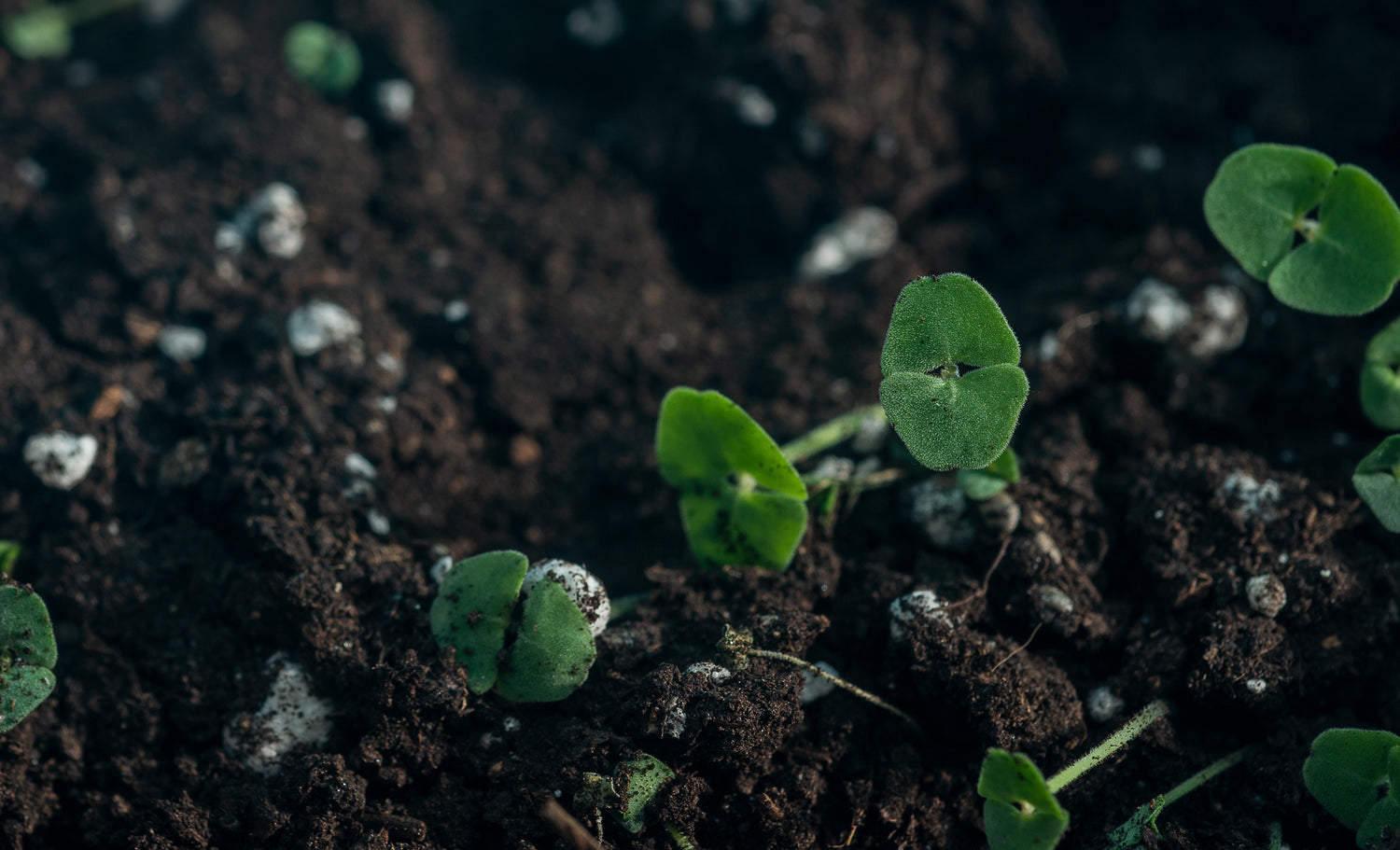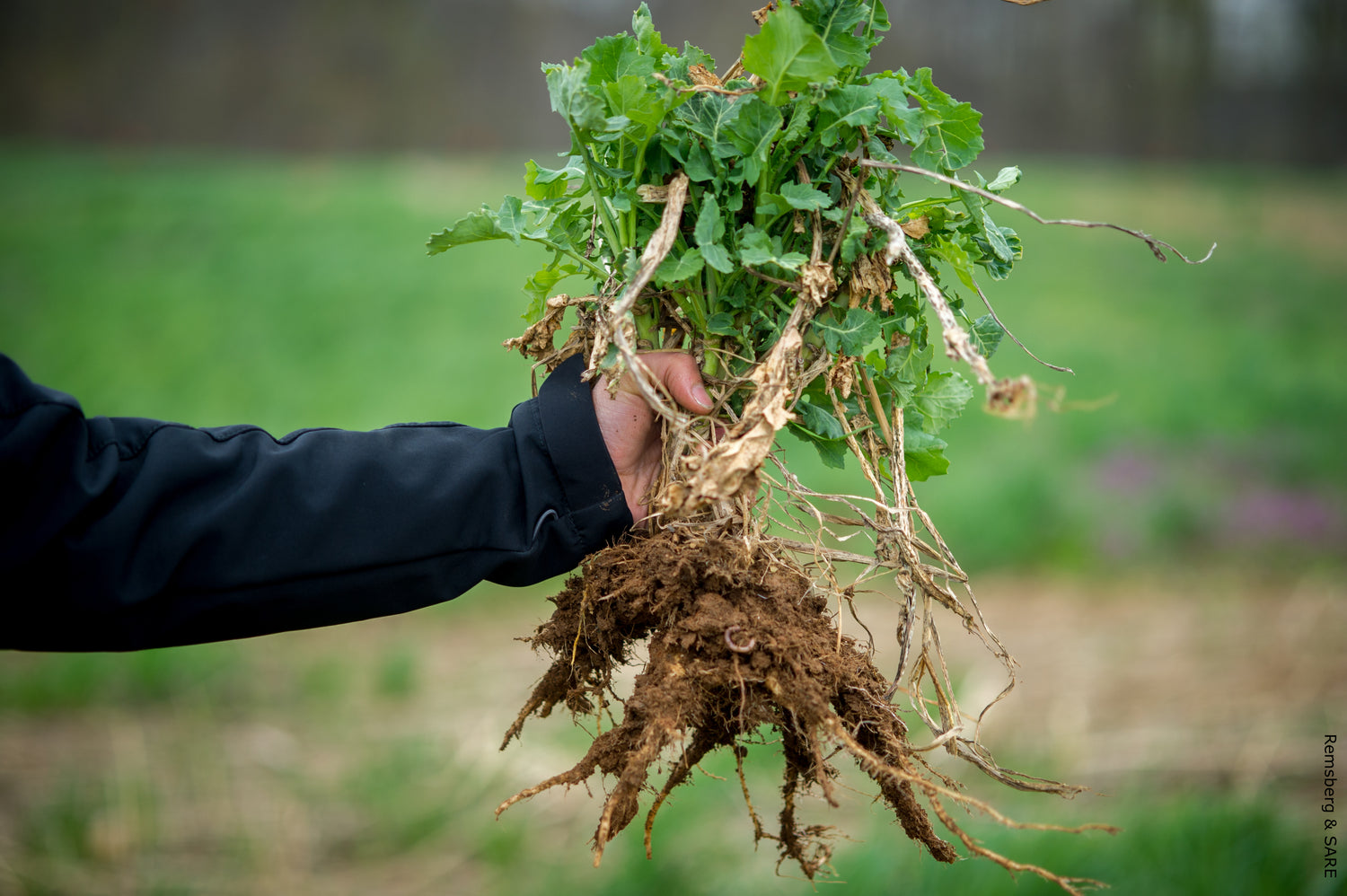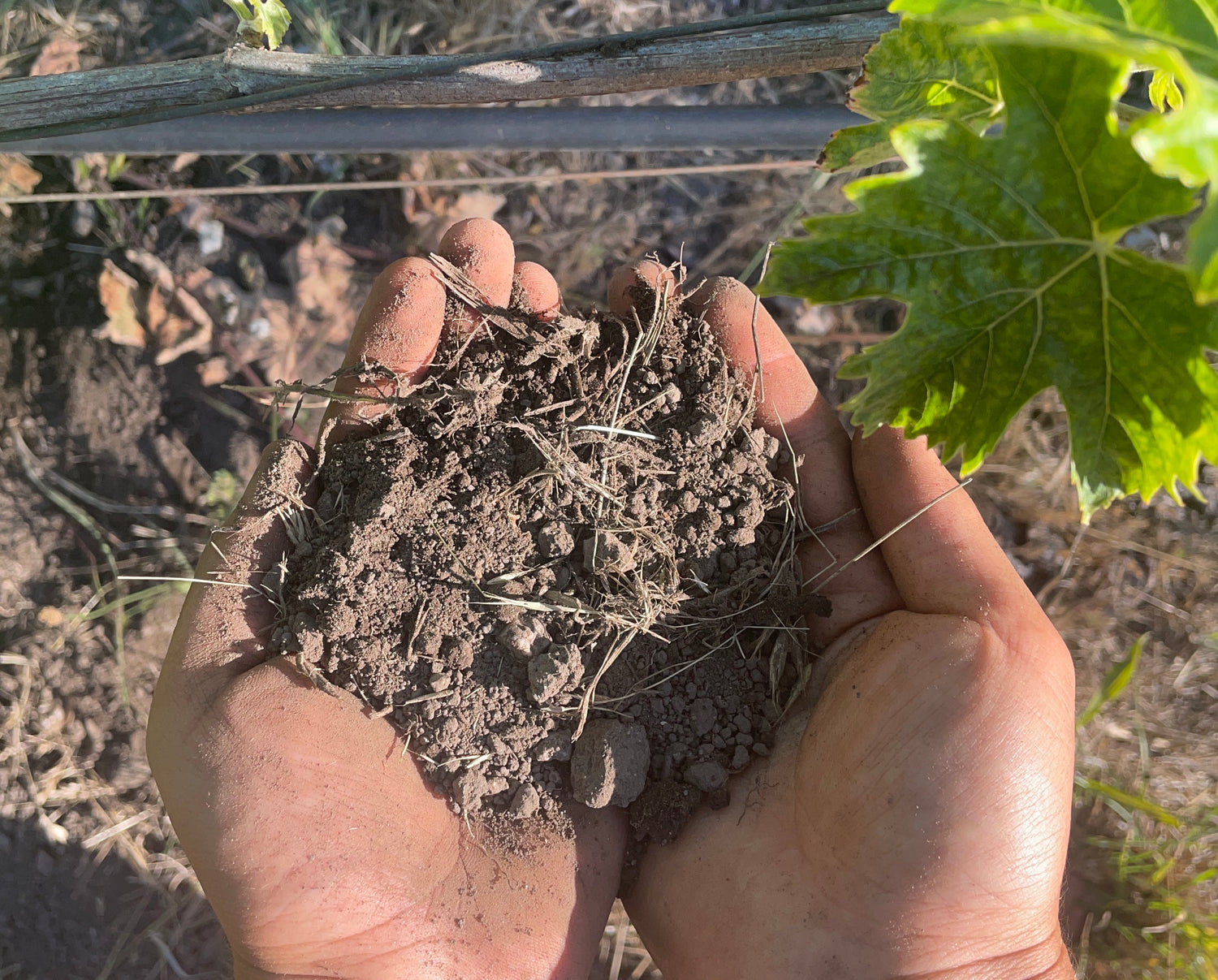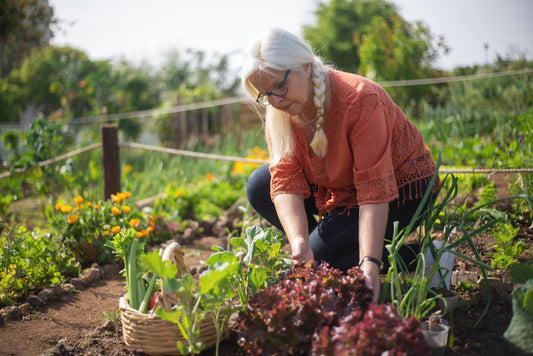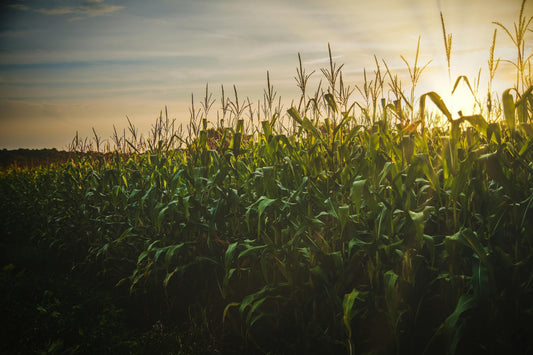Santa Rosa's location in Sonoma County's wine country creates diverse soil conditions that drive world-class viticulture and agriculture. Understanding these varied soil types—from fertile alluvial valleys to mineral-rich volcanic hillsides—is essential for successful grape growing, farming, and sustainable land management in California's premier wine region.
Santa Rosa Soil Types: Complete Guide to Sonoma County Wine Country Soils
Santa Rosa features seven primary soil types: fertile alluvial soils in valleys, mineral-rich volcanic soils on hillsides, well-balanced loamy soils in agricultural areas, clay soils near waterways, sandy soils in elevated areas, variable foothill soils, and modified urban soils, each supporting different agricultural and landscaping applications.
Understanding Santa Rosa's Wine Country Soil Landscape
Santa Rosa's soil diversity stems from its position between the Russian River valley floor and the volcanic Mayacamas Mountains. This unique geography creates a mosaic of soil types that contribute to Sonoma County's reputation as one of California's premier wine regions.
The area's Mediterranean climate, with wet winters and dry summers, significantly influences soil development and agricultural practices. Understanding these soil characteristics enables vintners, farmers, and gardeners to optimize plant selection, irrigation strategies, and soil management for maximum success.
Sonoma County's agricultural economy depends heavily on soil quality, with wine grape production representing a significant portion of the region's agricultural output. Each soil type contributes unique characteristics that influence wine quality, agricultural productivity, and ecosystem health.
Primary Soil Types in Santa Rosa
Alluvial Soils: Foundation of Valley Agriculture
Alluvial soils dominate Santa Rosa's valley floors and low-lying areas, formed by thousands of years of sediment deposition from the Russian River and its tributaries. These deep, fertile soils provide the foundation for much of the region's agricultural productivity.
Rich in organic matter and nutrients, alluvial soils offer excellent water-holding capacity and natural fertility. Their balanced texture supports diverse crops including wine grapes, apples, vegetables, and forage crops that contribute to the local agricultural economy.
Vineyard management on alluvial soils focuses on controlling vine vigor through appropriate rootstock selection and canopy management. The natural fertility requires careful nutrient management to prevent excessive vegetative growth that can compromise grape quality.
These soils respond well to sustainable farming practices including cover cropping, organic matter additions, and integrated pest management that maintain soil health while supporting productive agriculture.
Volcanic Soils: Premium Wine Grape Terroir
Volcanic soils occur throughout Santa Rosa's hillside areas, formed from ancient volcanic activity that created the region's distinctive topography. These mineral-rich soils provide ideal conditions for premium wine grape production.
The excellent drainage characteristics of volcanic soils, combined with high mineral content, create natural vine stress that concentrates flavors and enhances wine complexity. Many of Sonoma County's most prestigious vineyards utilize volcanic soil conditions.
Volcanic soils typically contain higher levels of potassium, iron, and trace minerals that contribute to grape quality and wine character. Their well-draining nature prevents waterlogging during winter rains while maintaining adequate moisture during dry summers.
Management of volcanic soils emphasizes erosion control on slopes, minimal soil disturbance, and conservation practices that preserve the unique mineral profile contributing to wine quality.
Loamy Soils: Versatile Agricultural Foundation
Loamy soils provide balanced growing conditions throughout Santa Rosa's agricultural and residential areas. Their combination of sand, silt, and clay creates optimal drainage, water retention, and nutrient availability for diverse applications.
These versatile soils support everything from row crops and orchards to urban landscapes and recreational areas. Their balanced structure makes them ideal for conventional and organic farming systems requiring consistent soil performance.
Loamy soils maintain good tilth and workability across seasonal moisture variations, enabling efficient field operations and root development. Their natural fertility and structure reduce input requirements while supporting productive agriculture.
Clay Soils: Water Retention and Management Challenges
Clay soils occur primarily in lower elevations and areas near waterways throughout Santa Rosa. While these soils retain nutrients and water effectively, they present specific management challenges related to drainage and compaction.
High clay content creates excellent nutrient retention capacity but limits water infiltration and root penetration. These soils work well for crops that benefit from consistent moisture availability, such as certain berry crops and forage grasses.
Successful clay soil management requires careful timing of field operations to prevent compaction, organic matter additions to improve structure, and drainage improvements where necessary for optimal plant performance.
Sandy Soils: Drainage and Water Management
Sandy soils occur in elevated areas and specific geological formations throughout Santa Rosa. Their coarse texture provides excellent drainage but requires careful water and nutrient management for optimal crop production.
These well-draining soils warm quickly in spring and rarely experience waterlogging problems. However, their low water and nutrient retention capacity requires frequent irrigation and fertilization for intensive agriculture.
Sandy soils excel for drought-tolerant crops and landscaping applications where rapid drainage prevents root rot and other moisture-related problems. They also work well for permanent crops that prefer well-drained conditions.
Foothill Soils: Diverse Mountain Conditions
Foothill soils vary significantly across Santa Rosa's elevated areas, ranging from shallow rocky soils to deeper loamy conditions depending on slope, aspect, and erosional history. These soils support diverse native ecosystems and specialized agriculture.
Shallow foothill soils limit conventional agriculture but provide excellent habitat for native plants adapted to Mediterranean climate conditions. Deeper foothill soils can support specialty crops and grazing when properly managed.
Conservation becomes critical on foothill soils due to erosion potential and ecosystem value. Native plant restoration and sustainable grazing practices help maintain soil stability and biodiversity.
Urban Soils: Modified Growing Conditions
Urban soils throughout Santa Rosa result from development, construction, and landscaping activities that significantly alter natural soil conditions. These modified soils vary widely in quality and require specific management approaches.
Urban soil challenges include compaction from construction, contamination from various sources, and altered drainage patterns. Professional soil testing helps identify specific issues and guide appropriate remediation strategies.
Urban soil improvement focuses on decompaction, organic matter additions, and appropriate plant selection for modified growing conditions. Green infrastructure approaches help restore urban soil function.
| Soil Type | Key Characteristics | Best Applications | Management Focus |
|---|---|---|---|
| Alluvial | Fertile, deep, good water retention | Wine grapes, vegetables, orchards | Nutrient management, erosion control |
| Volcanic | Mineral-rich, excellent drainage | Premium wine grapes | Erosion control, minimal disturbance |
| Loamy | Balanced texture, versatile | Diverse crops, landscaping | Maintain organic matter |
| Clay | High water retention, compaction-prone | Berries, forage crops | Drainage improvement, timing |
| Sandy | Excellent drainage, low retention | Drought-tolerant crops | Water and nutrient management |
| Foothill | Variable depth, rocky to loamy | Native ecosystems, grazing | Erosion control, conservation |
| Urban | Modified, variable quality | Landscaping, green spaces | Testing, remediation |
Viticulture and Soil Terroir
Santa Rosa's diverse soils create distinct terroir conditions that influence wine character and quality. Understanding soil-wine relationships helps vintners optimize vineyard management and wine production strategies.
Volcanic soils produce wines with mineral complexity and structured tannins, while alluvial soils often yield wines with rich fruit character and softer structure. Clay soils can produce powerful, concentrated wines when properly managed for drainage.
Rootstock selection becomes critical for matching vine performance to soil conditions. Different rootstocks provide varying degrees of vigor control, drought tolerance, and nutrient uptake efficiency for specific soil types.
Sustainable viticulture practices including cover cropping, organic matter management, and minimal soil disturbance help preserve the soil characteristics that contribute to unique wine terroir.
Soil Management Best Practices
Professional Soil Testing
Regular soil testing provides essential information for optimizing soil management across all soil types. Professional analysis reveals pH levels, nutrient content, organic matter percentage, and potential limitations.
University of California Cooperative Extension offers soil testing services and interpretation guidelines specific to Sonoma County conditions. Testing every 2-3 years helps track soil health trends and guide management decisions.
Organic Matter Enhancement
Organic matter additions benefit all soil types by improving structure, water retention, nutrient cycling, and biological activity. Compost, cover crops, and crop residues provide sustainable organic matter sources.
Clay soils particularly benefit from organic matter additions that improve aggregation and drainage. Sandy soils gain increased water and nutrient retention from regular organic matter inputs.
Erosion Control and Conservation
Erosion control becomes critical on sloped volcanic and foothill soils. Cover crops, mulching, terracing, and contour farming help preserve topsoil and maintain long-term productivity.
Conservation practices also protect water quality by preventing sediment and nutrient runoff into waterways. These practices become increasingly important as climate change intensifies precipitation patterns.
Water Management Strategies
Irrigation management must match soil characteristics to achieve water use efficiency and optimal plant performance. Clay soils require deep, infrequent watering, while sandy soils need more frequent, lighter applications.
Drip irrigation systems provide precise water application that matches soil infiltration rates and plant needs. Soil moisture monitoring helps optimize irrigation timing and prevent both over and under-watering.
Frequently Asked Questions
What soil type is best for wine grapes in Santa Rosa?
Volcanic soils and well-drained alluvial soils are ideal for wine grapes in Santa Rosa, providing excellent drainage and mineral content that enhances grape quality and wine complexity.
Why do Santa Rosa vineyards have such high-quality grapes?
Santa Rosa's diverse soil types, particularly volcanic and alluvial soils, combined with Mediterranean climate, provide ideal growing conditions that stress vines appropriately and concentrate flavors in grapes.
What causes drainage problems in Santa Rosa gardens?
Clay soils common in low-lying areas of Santa Rosa can cause drainage problems due to fine particle size and compaction. Adding organic matter and gypsum can improve soil structure.
How often should I test my Santa Rosa soil?
Test soil every 2-3 years for established vineyards and gardens, or before major planting projects. More frequent testing helps track nutrient trends and soil health changes.
Can I grow vegetables in volcanic soil?
Yes, volcanic soils can support vegetable production with appropriate amendments. Their excellent drainage benefits most vegetables, though fertility additions may be necessary.
What's the difference between hillside and valley soils?
Hillside soils are typically volcanic or foothill types with excellent drainage but variable depth. Valley soils are usually deeper alluvial or loamy soils with higher fertility and water retention.
How do I improve clay soil for gardening?
Improve clay soil through organic matter additions, gypsum applications for structure, raised beds for immediate solutions, and avoiding cultivation when soil is wet to prevent compaction.
Conclusion
Santa Rosa's diverse soil types create the foundation for Sonoma County's world-renowned wine industry and thriving agricultural economy. From mineral-rich volcanic soils that produce premium wines to fertile alluvial soils supporting diverse crops, each soil type contributes unique characteristics to the region's agricultural success. Understanding these soil differences enables vintners, farmers, and gardeners to optimize their practices for maximum productivity and sustainability. Through proper soil testing, targeted amendments, and conservation practices, Santa Rosa's soils can continue supporting exceptional agriculture while preserving the environmental quality that makes this region special. Success comes from working with each soil type's natural characteristics rather than against them, creating sustainable systems that benefit both economic and environmental goals.
Sources
- USDA Natural Resources Conservation Service. Web Soil Survey - Sonoma County. https://websoilsurvey.sc.egov.usda.gov/
- University of California Cooperative Extension Sonoma County. Viticulture and Soil Management. https://cesonoma.ucanr.edu/
- California Department of Food and Agriculture. Sonoma County Agricultural Statistics. https://www.cdfa.ca.gov/statistics/
- UC Davis Department of Viticulture and Enology. Soil and Wine Research. https://wineserver.ucdavis.edu/
- USDA Natural Resources Conservation Service. Soil Health Assessment. https://www.nrcs.usda.gov/resources/guides-and-instructions/soil-health
- Sonoma County Water Agency. Watershed and Soil Conservation. https://www.scwa.ca.gov/
- California Sustainable Winegrowing Alliance. Soil Management Guidelines. https://www.sustainablewinegrowing.org/
- Rodale Institute. Soil Health Research. https://rodaleinstitute.org/science/soil-health/







